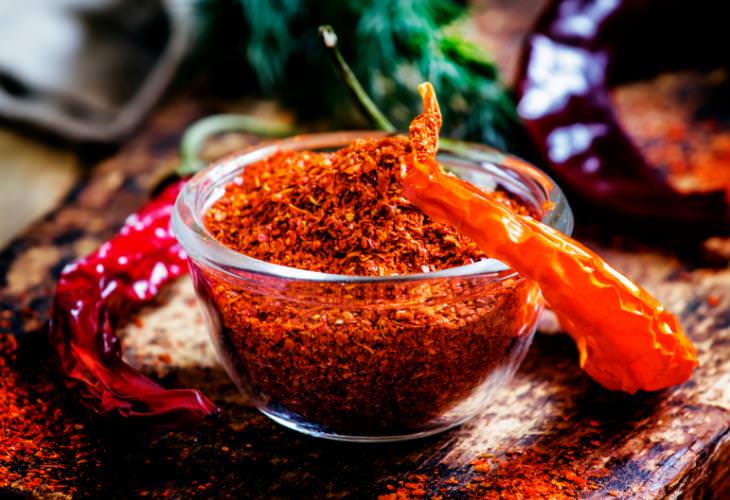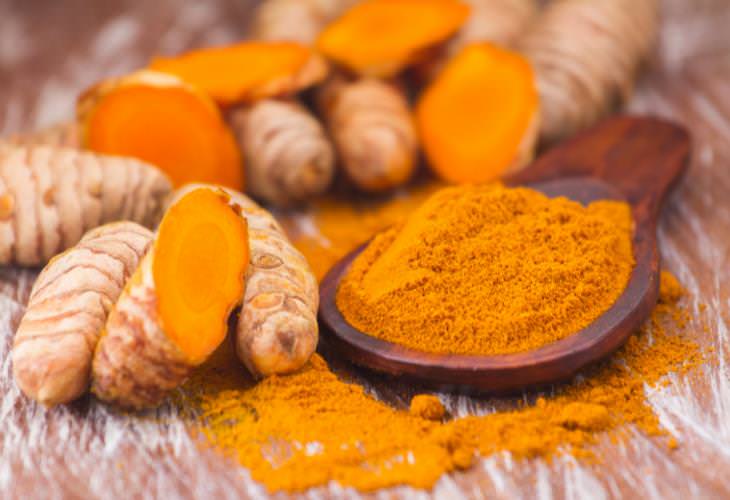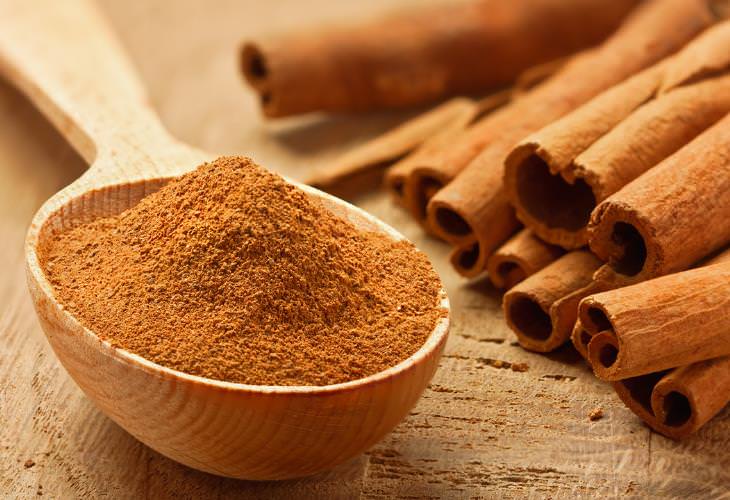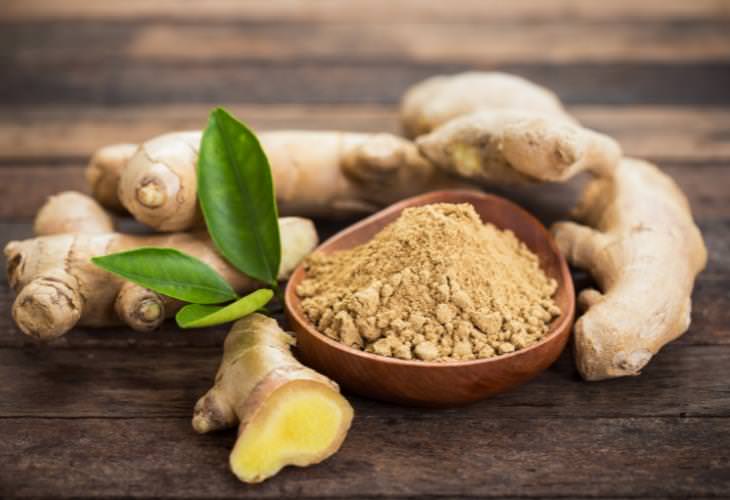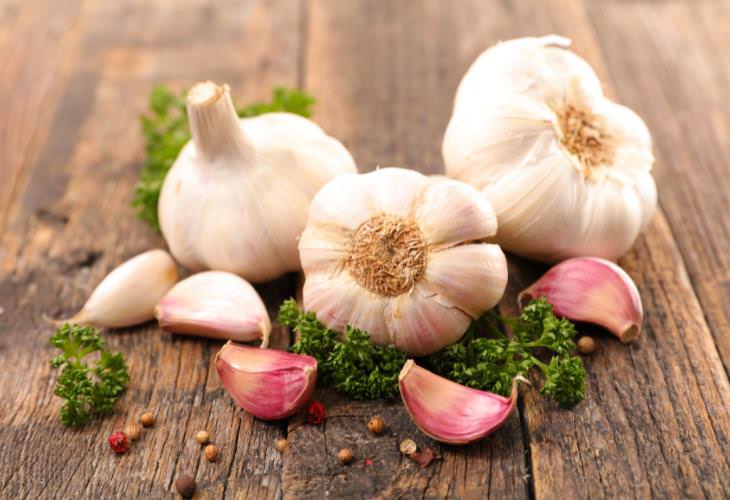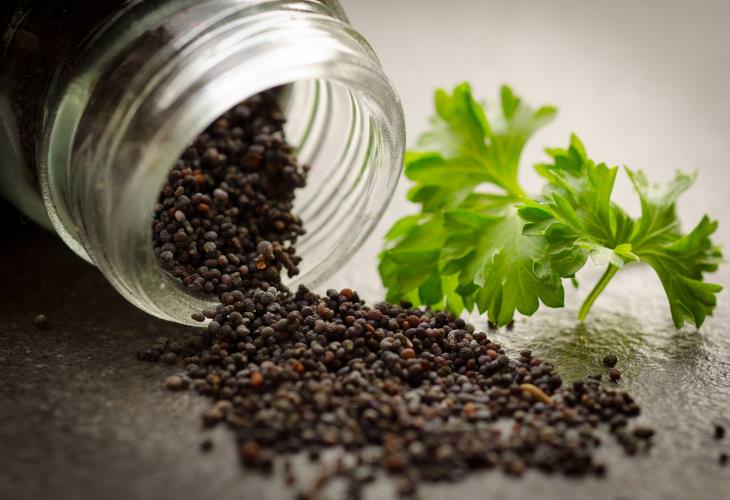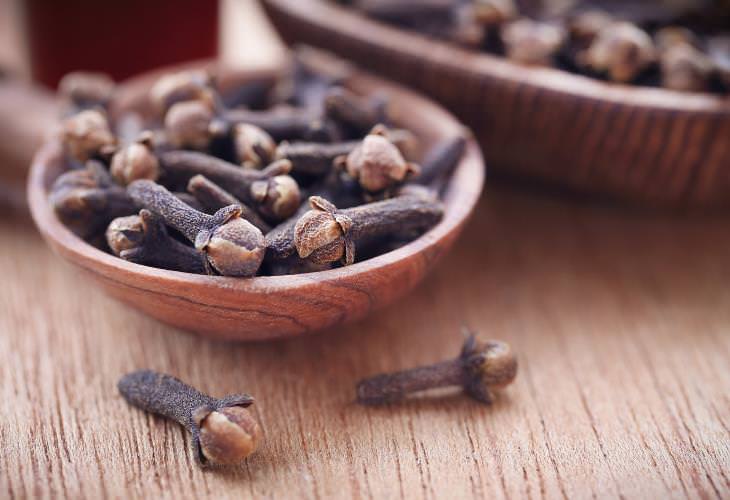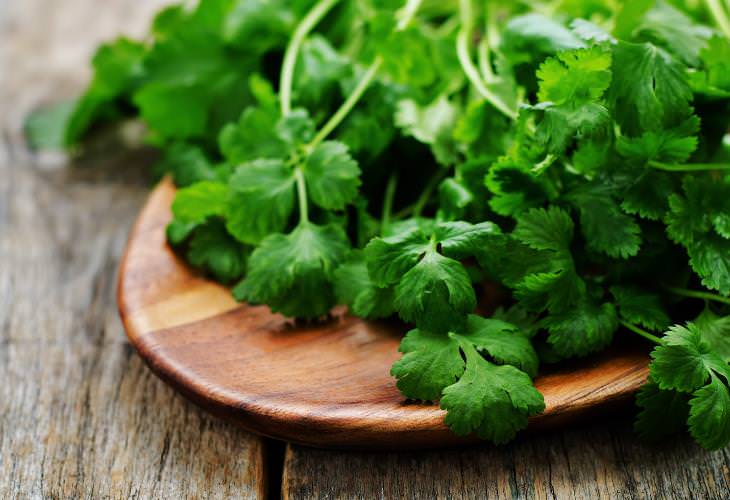Cayenne pepper has been used in both food and medicine in the past 9,000 years. It is a popular spice in Mexican, Cajun, Creole, and Asian cuisines. Cayenne is a type of chili pepper with a medium-hot spicy flavor. Cayenne pepper contains vitamin C, potassium, vitamin B6, vitamin K, and provitamin A.
Research suggests that consuming cayenne pepper regularly helps improve blood vessel strength, increases circulation, and also reduces plaque buildup in your arteries. This is thanks to the presence of a compound called capsaicin.
Studies have indicated that capsaicin promotes blood flow to tissues by lowering blood pressure and stirring the release of nitric oxide and other vasodilators. Vasodilators are compounds that prevent the muscles in the walls of the arteries and veins from tightening and, hence, the walls from narrowing. This, in turn, improves blood flow.
How to use it:
* Add a dash of cayenne pepper to a soup or stew.
* Sprinkle it on your salad or eggs.
* Add a pinch of ground cayenne pepper to homemade lemonade.
2. Turmeric
Turmeric is one of the most ancient spices that originated in the Indian subcontinent. It’s commonly used in Indian dishes, such as curries, tikka masala, and tandoori chicken to enhance their flavor.
Recent studies have shown that turmeric contains bioactive compounds with medicinal properties. As per a study published in the Journal of Applied Physiology, curcumin, an active compound in turmeric, may improve exercise intolerance in patients with heart failure. The function of the left ventricle - the chamber of the heart that pumps blood out to the rest of the body - is reduced in people with heart failure. This is associated with a decreased ability to exercise. The findings of this study showed that curcumin enhanced muscle function and exercise capacity in mice with heart failure.
Furthermore, research has also proved curcumin to have anti-inflammatory, antioxidant, anticarcinogenic, antithrombotic, and cardiovascular protective effects.
How to use it:
* Use it as a spice in curries, stews, and soups.
* Toss it with roasted vegetables like cauliflower, onions, and carrots.
* Blend it into a smoothie.
* Add it to rice.
3. Cinnamon
Cinnamon, a spice that comes from the inner bark of several species of tree from the genus Cinnamomum, has been an integral part of Asian and western cuisines for generations.
Cinnamon is best known for its ability to help lower blood sugar because of the presence of cinnamaldehyde. A 2013 review study of 10 previous studies found that a little dose of cinnamon powder daily can decrease levels of total cholesterol, “bad” LDL cholesterol, and triglycerides, a harmful type of blood fat. Cinnamaldehyde has also been shown to lower blood pressure.
Additionally, it also has the ability to increase blood flow. A study published in the journal Pharmacognosy Research showed that cinnamon can relax blood vessels, thereby improving circulation. The improved circulation ultimately keeps your heart healthy.
How to use it:
* Sprinkle it on toast and latte.
* Add to smoothies.
* Sprinkle it on your morning oatmeal.
* Swallow it with a tablespoon of honey.
4. Ginger
Ginger was first cultivated in Southeast Asia, but it has become extremely popular in the West today. It is high in gingerol, a substance with potent anti-inflammatory and antioxidant properties. Research also shows that eating this spicy root may reduce your risk of high blood pressure. In a 2016 study published in the journal Nutrition, researchers who studied the data of more than 4,000 subjects found that people who ate more ginger had a lower chance of chronic heart disease and hypertension. The study authors recommend 2-4 grams (or about ½ teaspoon to a teaspoon) a day to prevent these heart problems.
A 2018 study of 60 people with hyperlipidemia (the condition in which there are high levels of fat particles, or lipids, in the blood) found that people who consumed 5 grams of ginger powder every day showed a considerable decrease in their LDL (bad) cholesterol levels.
How to use it:
* Chop it up and add raw to salads.
* Toss it into stir-fries after chopping.
5. Garlic
The health benefits of garlic are many. This flowering plant has been used throughout ancient history for its medicinal properties, particularly for its anti-inflammatory, antibacterial, and antifungal properties.
Studies have also shown that the active compounds in garlic can reduce blood pressure. High blood pressure, or hypertension, is one of the root causes of cardiovascular diseases like heart attack and stroke. Research suggests that high doses of garlic supplements can reduce blood pressure in people with high blood pressure.
Further, a review study involving 2,300 people published in the journal Nutrition Reviews showed that garlic lowered total and LDL cholesterol in those who had high cholesterol levels by as much as 10%. Another study published in The Journal of Nutrition concluded that garlic supplements help reduce total cholesterol and thus have the potential of cardiovascular health protection.
How to use it:
* Add to soups, stews, and casseroles.
* Press a few cloves of fresh garlic with a garlic press and mix it with olive oil. You can also sauté it in olive oil with vegetables like spinach or kale.
* Have it raw on an empty stomach.
* You can also take a garlic supplement and add it to your dishes.
6. Black Pepper
Black pepper is one of the most used spices all over the world. Its sharp and mildly spicy flavor goes well with many dishes.
It is also a potent antioxidant and anti-inflammatory booster. More importantly, its active compound, piperine, has been shown to have the ability to lower LDL (bad) cholesterol and increase HDL (good) cholesterol levels. Additionally, black pepper contains more potassium than 94% of all foods - 100 grams of black pepper contains 39% of the potassium you need to consume daily. Potassium is known to regulate heart rate and high blood pressure.
How to use it:
* Sprinkle it on your salad dressings or soups to add an extra dash of flavor to them.
* Make your breakfast flavorsome by adding a pinch of black pepper to scrambled eggs, avocado toast, or veggies.
* Add up to 1 teaspoon of black pepper a day to your meals.
7. Cloves
Apart from also containing fiber, vitamins, and minerals, cloves are particularly rich in antioxidants. This pungent spice is native to Asian countries like Indonesia, India, Pakistan, and parts of East Africa, and it has been used in India and China for over 2,000 years to check tooth decay and counter bad breath.
Also, the antioxidants in cloves help your body get rid of free radicals. Free radicals are unstable atoms that can damage cells and lead to many diseases. By getting rid of the free radicals, the antioxidants in cloves reduce your risk of heart disease, as well as diabetes and some types of cancer. Moreover, cloves are an excellent source of potassium, which can help control heart rate and blood pressure.
Cloves also contain phytonutrients called eugenol and isoeugenol. Some research indicates that they have a potent anti-inflammatory effect and can be beneficial in preventing heart disease.
How to use it:
* Add a teaspoon of clove powder to your daily meals.
* Chew it whole after every meal.
* Add ground cloves to pumpkin pie.
* Mix powdered clove with warm water and consume it every morning on an empty stomach.
8. Coriander
Coriander, also known as Chinese parsley or cilantro, is a popular herb used in a variety of international dishes. Research suggests that coriander may be beneficial for your heart, as it helps lower blood pressure and LDL (bad) cholesterol while also increasing HDL (good) cholesterol. Moreover, it’s been found that the rates of heart disease tend to be lower in places where people tend to consume large amounts of coriander, along with other spices,
How to use it:
* All parts of the coriander plant are edible. You can sprinkle the leaves over fresh salads or use them to flavor soups.
* Use coriander in fresh tomato salsa.
* Add the leaves to lemon juice.
Share this post with all your loved ones...

